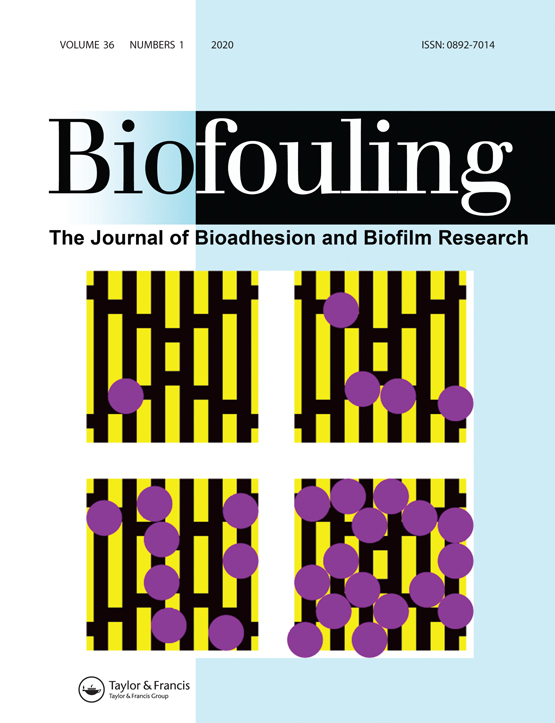Trịnh Xuân Hoàng

|
Researcher, Associate Professor Center for Computational Physics Institute of Physics Vietnam Academy of Science and Technology 10 Dao Tan, Ba Dinh Hanoi 11108, Vietnam |
Office: Room 608, 10 Dao Tan, Ba Dinh, Ha Noi Fax: +84 24 37662107 Emails: txhoang@iop.vast.vn, hxtrinh@gmail.com |
Ph.D. in Physics, Institute of Physics, Polish Academy of Sciences, 2000
Magister & Engineer in Technical Physics, Warsaw University of Technology, 1996
| ResearcherID | ORCID | Google Scholar |
Research interests
My studies focus on understanding the behaviors of biopolymers and biomolecular systems by using simple and coarse-grained models, computer simulations and statistical mechanics approaches. My research problems include topics of protein folding, protein misfolding and amyloid formation, DNA condensation, and folding of membranes and ribbons.Hoang's biophysics group
- Trinh Xuan Hoang (Institute of Physics, VAST), Ph.D.
- Le Duy Manh (Duy Tan University), Ph.D.
- Bui Phuong Thuy (Duy Tan University), Ph.D.
- Nguyen Ba Hung (Military Medical University), Ph.D.
- Nguyen Thi Thuy Nhung (Institute of Physics, VAST), Ph.D.
Publications
News
Feb, 2020: Our recent work appeared on the font cover of Biofouling (2018 impact factor 2.847).

Caption for the front cover image of Biofouling Volume 36, 2020
Examples of Ulva linza spore configuration for single (top left) and multiple spores on an unit cell of a Sharklet microtopographic surface. The spores of 5 mm in diameter are shown as filled purple circles. The Sharklet surface has four distinct features (yellow) of lengths equal to 4, 8, 12 and 16 mm, respectively. The feature width and the feature spacing are equal to 2 mm. The configurations are obtained by Monte Carlo simulations in the extended surface energetic attachment (SEA) model with spore-spore excluded volume interaction. The study shows that inter-organism interactions alter their attachment behaviors in high-density fouling. From Hoang TX, Mai HTH, Brennan AB, Le L. (2019). Effects of inter-organism interactions in biofouling on microtopographic surfaces. Biofouling 35(6): 684-695.